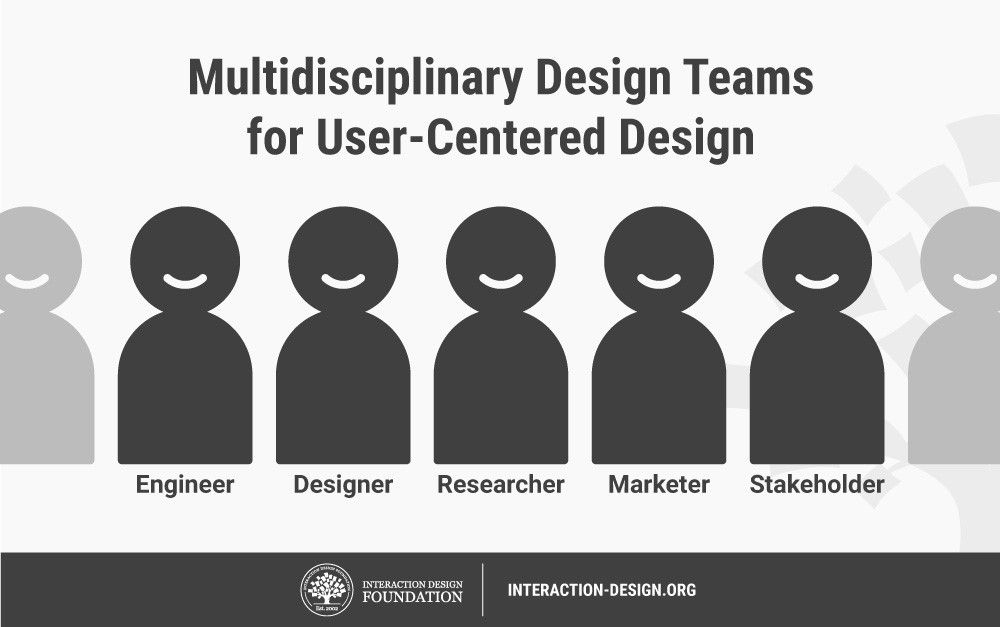Designing games that are enjoyable, meaningful, and accessible to all requires a deep understanding of the players themselves. User-centered design (UCD) is a design approach that involves users throughout the design process to ensure that the final product meets their needs and expectations. The UCD process involves four phases, including discovery, definition, design, and delivery. UCD is important in game development because it ensures that the final product is designed from the user’s perspective, resulting in profitable and enjoyable games. To design games that meet user needs, designers can apply UCD principles, including understanding the user’s needs and goals, involving the user in the design process, designing for accessibility, simplifying the user interface, and testing the game with users.
User-Centered Design: Creating Games That Meet Player Needs
Gaming has become a mainstream industry and gamers have become an increasingly diverse demographic. From casual players to professional gamers, users have different gaming habits, preferences, and accessibility needs.
Designing a game that is truly enjoyable, meaningful, and accessible to everyone requires a deep understanding of the gamers themselves. User-centered design (UCD) is all about understanding the needs, goals, and habits of gamers and designing a game that meets those needs.
What is User-Centered Design?
UCD is an approach to design that involves users throughout the design process to ensure that the final product meets their needs, goals, and expectations. Rather than starting with a predefined solution, UCD starts with the user and their needs.
The UCD process involves four phases:
- Discovery: This involves understanding the users, their needs, goals, and preferences.
- Definition: This involves defining the specific user requirements and the scope of the project.
- Design: This involves creating prototypes and testing them with users to ensure that they meet their needs.
- Delivery: This involves the final design, testing, and deployment of the game.
Why is User-Centered Design important in game development?
Games are complex systems with many moving parts. They involve complex interactions between users and the game mechanics, and require many different skills and abilities to play. Without understanding the needs and preferences of the user, it is difficult to create a game that is engaging, challenging, and enjoyable.
UCD is important in game development because it ensures that the final product is designed from the user’s perspective. This means that the game is more likely to be enjoyable, meaningful and accessible to users. It also means that the game is more likely to be profitable, as users are more likely to spend money on a game that meets their needs and preferences.
How to design games that meet user needs
Designing games that meet users’ needs requires a deep understanding of the user. This involves gathering data about the user, their habits, preferences, and accessibility needs. The following are some key principles of UCD that can be applied to game design:
1. Understand the user’s needs and goals
Before designing a game, it is important to understand the user’s needs and goals. This involves studying their gaming habits, preferences, and accessibility needs. By understanding the user’s needs, designers can create a game that is enjoyable, meaningful, and accessible to them.
2. Involve the user in the design process
User involvement is critical to UCD. By involving the user in the design process, designers can get feedback on what works and what doesn’t, and can make changes accordingly. This can be done through user testing or through participatory design sessions.
3. Design for accessibility
Accessibility is an important consideration in game design. This involves designing for users with disabilities or special needs, such as color blindness, hearing impairment or motor impairments. By designing games that are accessible to everyone, designers can create a sense of inclusiveness and broaden their audience.
4. Simplify the user interface
Games can be complex, with many different mechanics and controls. However, a cluttered interface can make it difficult for users to navigate and can limit the game’s accessibility. By simplifying the user interface and making it intuitive, designers can create a more enjoyable and accessible game.
5. Test the game with users
UCD involves testing the game with users to ensure that it meets their needs and goals. User testing can be done through surveys, focus groups, or usability tests. By testing the game with users, designers can identify areas for improvement and make changes accordingly.
Conclusion
User-centered design is an essential approach to game design that involves understanding the needs, goals, and preferences of users at every stage of the design process. By applying UCD principles to game development, designers can create games that are enjoyable, meaningful, and accessible to everyone.
Understanding the user, involving them in the design process, simplifying the user interface, designing for accessibility, and testing the game with users are key principles of UCD that can be applied to game design. By following these principles, designers can create games that meet user needs and expectations, resulting in more enjoyable and profitable games.
